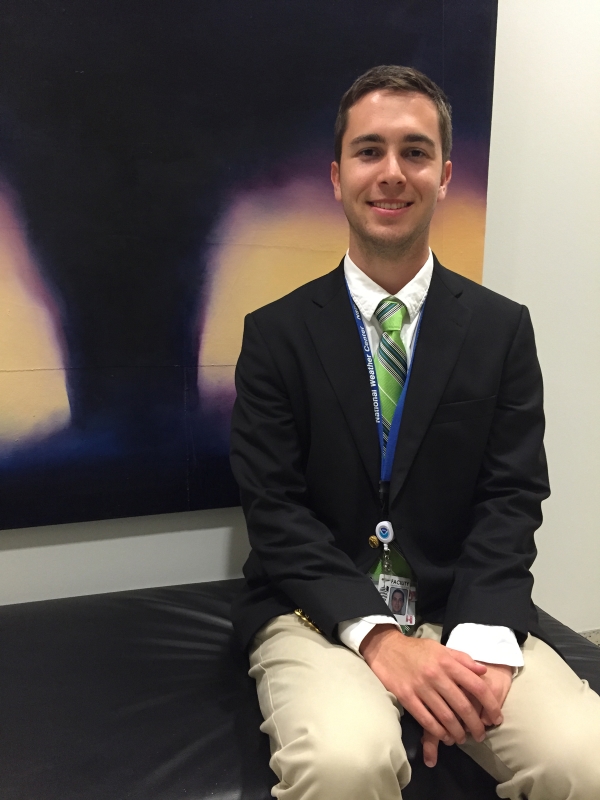May 26 - July 31

Towards an Analysis of the Liquid-Water Fraction For Orographic Precipitation
Massey Bartolini and Heather Reeves
What is already known:
- Previous research has studied the along-mountain rain/snow transition zone by analyzing radar observations and surface temperature thresholds.
- The liquid-water fraction for a falling hydrometeor can be explicitly calculated for a spectrum of drop sizes, using a new spectral bin classifier.
- The precision provided by the surface liquid-water fraction can be used to analyze the variability of the rain/snow transition zone in complex terrain.
What this study adds:
- Control parameters affecting the depth of the melting layer and the liquid-water fraction in the rain/snow transition zone are identified (stability, drop-size distribution, and riming factor) and quantified using idealized experiments.
- The most important parameter is stability, while the drop-size distribution and riming factor have smaller contributions to variations in the melting layer depth.
- These variations are examined for several real case studies, where the drop-size distribution and riming factor have non-negligible impacts on the liquid-water fraction in complex terrain.
Abstract:
Knowing the liquid-water fraction (LWF) in the rain/snow transition zone has useful applications in hydrology, road transportation, and aviation. Several control parameters that dictate the LWF are identified through a series of idealized, two-dimensional experiments using a spectral-bin microphysical model. These are the stability, the drop-size distribution (DSD), and the degree of riming (RF). The most important of these is stability. Though DSD and RF have secondary impacts, they are still non-negligible. In real case studies, stability can be determined from numerical-model output, but DSD and RF are unknown. Therefore, several sets of experiments are conducted to gauge the effects of DSD and RF variations on the rain/snow transition zone for actual case studies of orographic precipitation in the western United States. Each experiment uses a unique combination of DSD and RF, which are assumed to be constant across the entire domain. These experiments show that DSD and RF have nontrivial effects on the LWF and depth of the rain/snow transition zone. In some case studies, the depth of the transition zone varies by as much as 450 m.